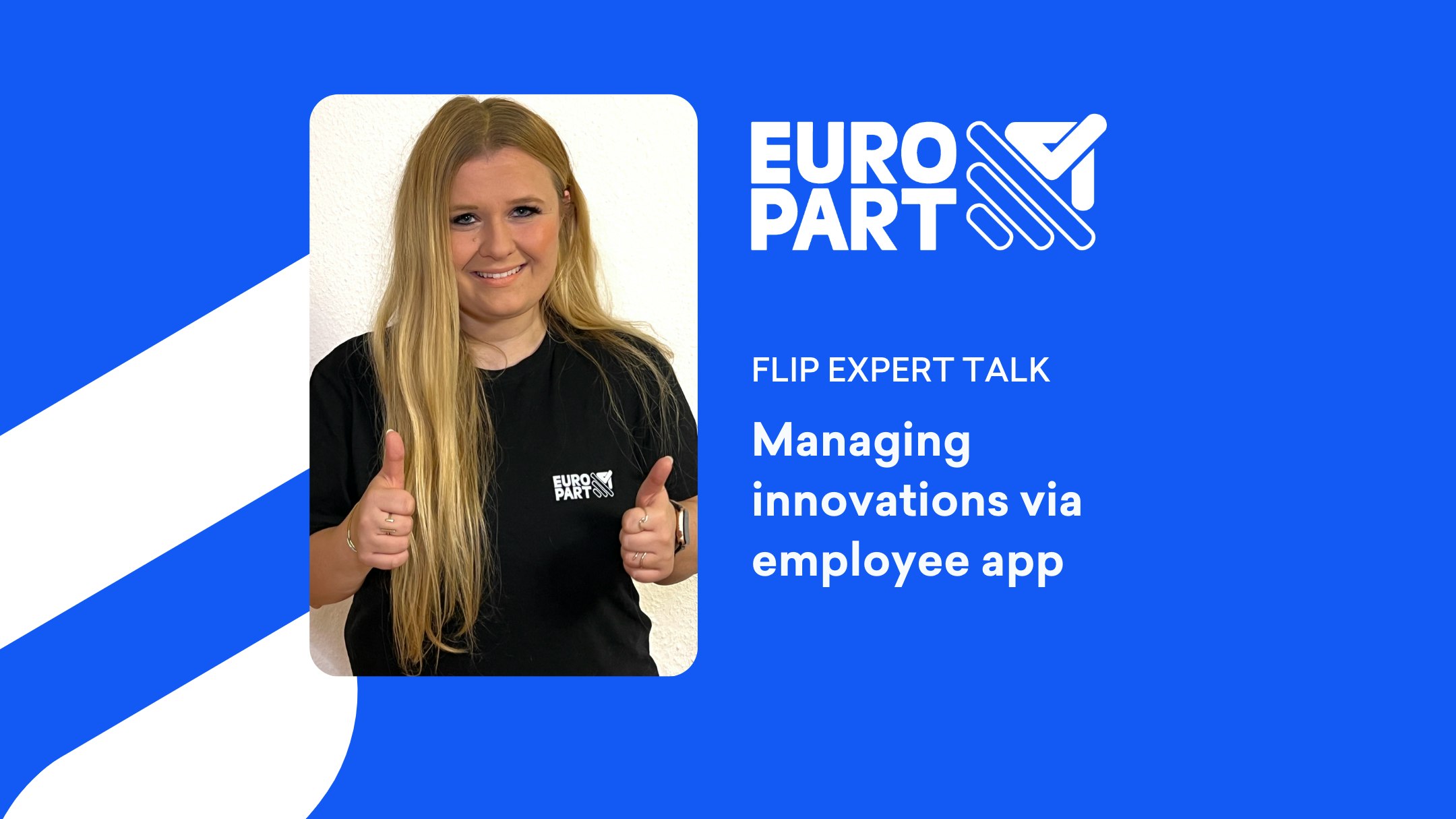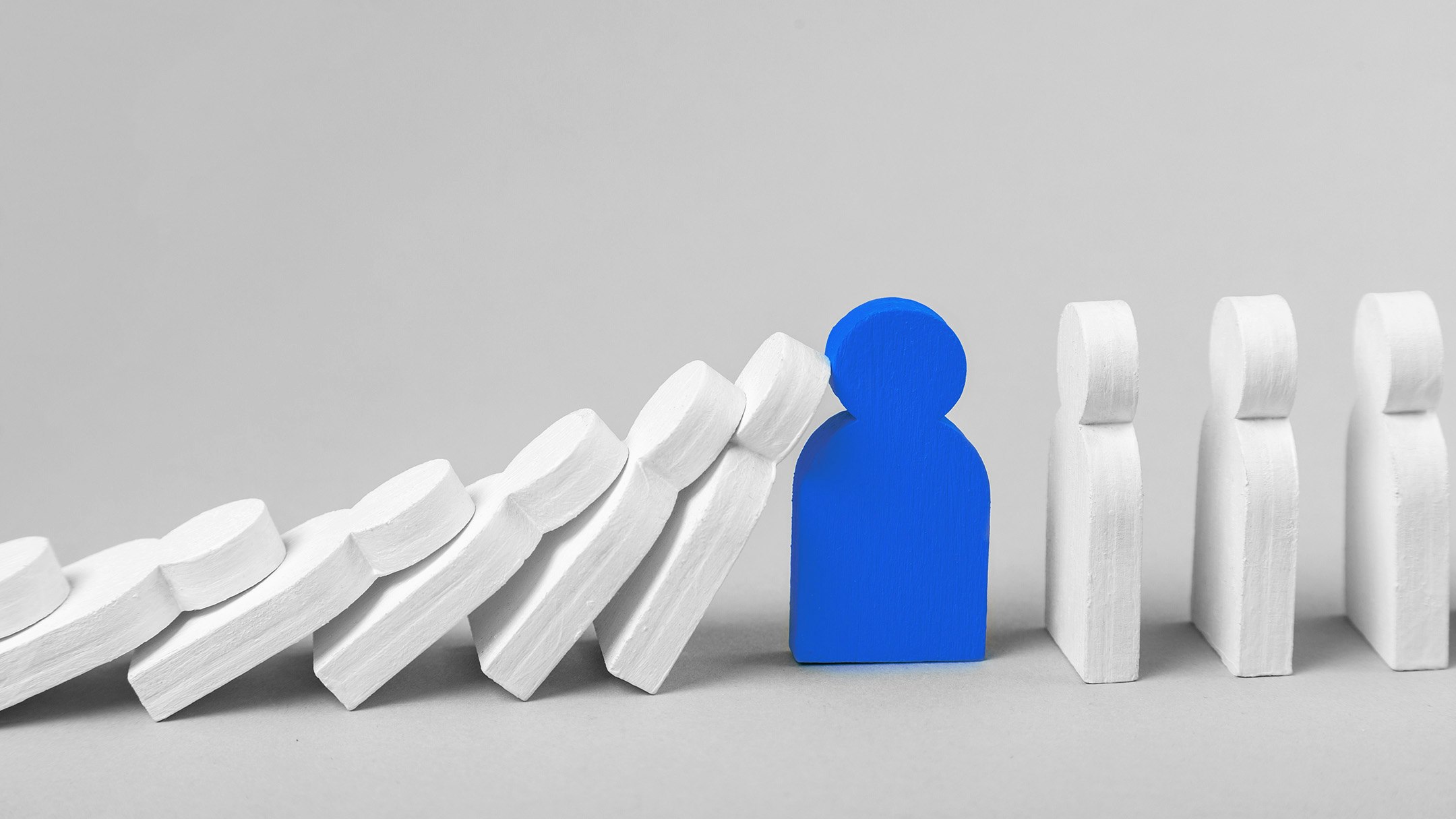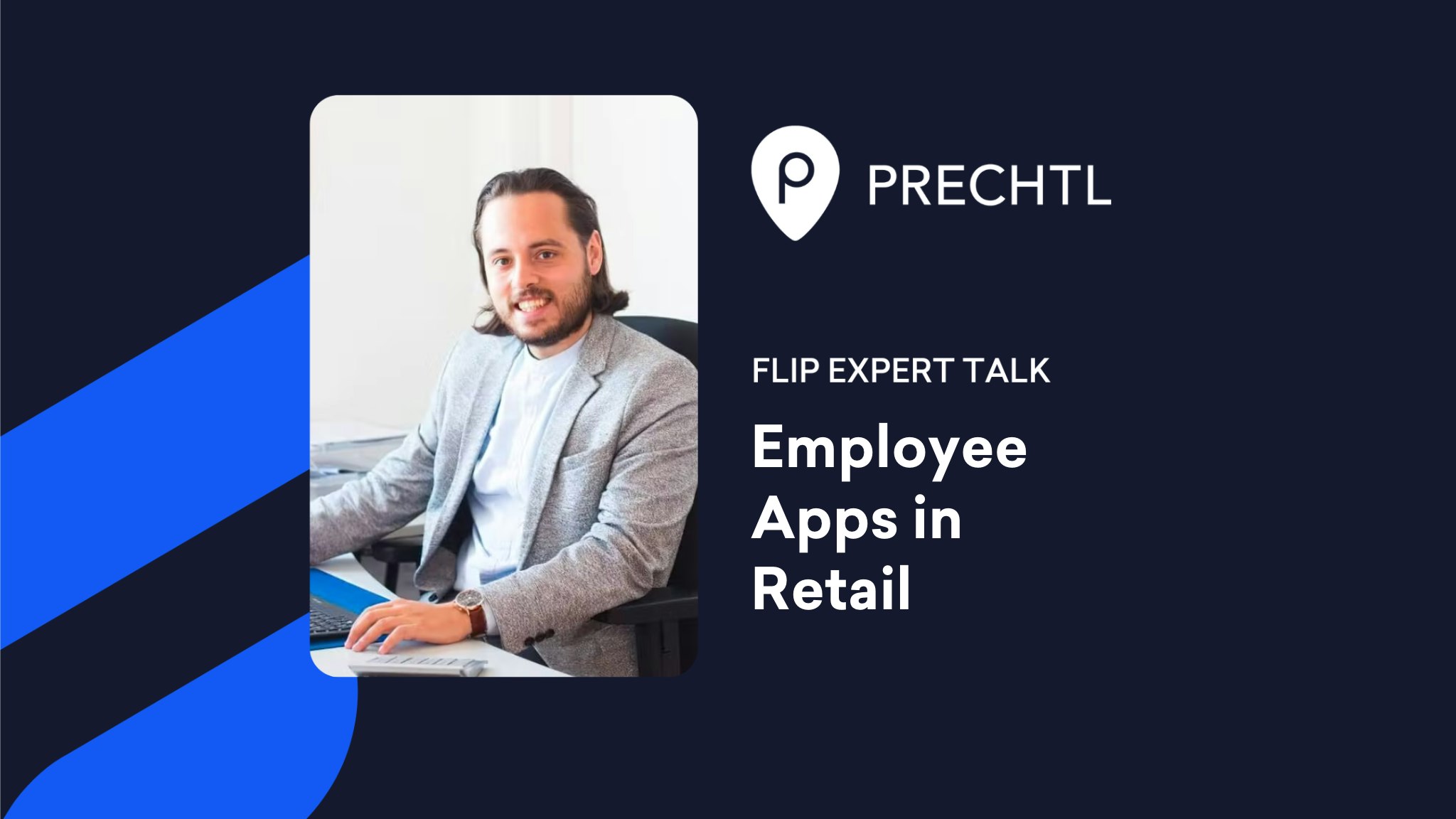01.10.2023
HR & New Work
9 min read


11 science-backed ways to increase employee productivity
We sifted through scientific research to create this list of 11 strategies to increase employee productivity regardless of your industry.
Finding ways to increase employee productivity is on every manager’s mind lately. In early 2023, both the UK and U.S. saw record-low productivity levels, and with staffing shortages plaguing industries from hospitality to healthcare—everyone’s trying to figure out how to do more with less.
If you can find ways to boost output per hour worked, you can improve business performance without hiring more workers or requiring your staff to work longer hours. And who wouldn’t want that?
1. Build trust through transparent, two-way communication.
A 2023 Slack survey of more than 10,000 global workers uncovered a key driver of employee performance: trust. Employees who feel trusted by their employers report 2x higher productivity and 4.3x greater satisfaction with their work.
In its research, Slack identified this as a key component of building a foundation of trust: company leaders being transparent with their employees and fostering two-way conversations. And the biggest blocker to transparency? Failure to listen to employee feedback.
When you openly share the latest company news internally and listen to what your employees have to say about it, you create a culture of trust. But often, companies don’t have a centralised communication channel that reaches all employees instantly.
With an employee app, such as Flip, you get a secure, mobile-friendly app where all workers can listen and be listened to.
And gathering feedback is as simple as posting a survey. Keep it anonymous to allow employees to truly speak their minds.
2. Create meaningful work by tying actions to impact.
According to McKinsey, when employees find meaning in their work, their performance improves. And the really great news is that it doesn’t matter the content of their work. They could be mopping floors, performing surgery, or flipping burgers—it’s possible to find purpose in any task.
Based on its research, McKinsey recommends highlighting your employees’ impact on these five sources:
- Society: How has their work made the world a better place?
- Company: How has their work helped the company?
- Customers: What are customers saying about their work? Can you highlight customer stories and thank-you notes?
- Team: How have team members helped each other? Consider doing shoutouts to specifically call out how coworkers support each other.
- Personal success: How have their efforts contributed to their career advancement? This is the area to show recognition and appreciation for individual efforts.
The truth is, rarely do employees get to see the fruits of their labours. Once they’re done with one task, it’s on to the next one. Something as simple as posting a customer’s thank-you email to the organisation’s internal newsfeed can be a huge company productivity booster because it shows employees that their tasks aren’t just about checking another item off a to-do list; they’re having a real-world impact. Knowing that can motivate them to put in more effort.
3. Lighten the workload with AI tools.
Researchers from MIT and Stanford have found that workers who use AI tools to enhance their work see a 14% boost in productivity. In the study, they looked at more than 5,000 customer support agents who used AI to generate conversational scripts that they used on phone calls. The AI tools were most useful to low-skilled, novice workers and were the least useful for highly experienced workers (in some cases, the AI tools were even distractions for highly skilled workers).
Using AI can seem daunting at first, but it doesn’t have to be! Even small use cases can have a big impact. For example, Flip uses the world’s most accurate translator, DeepL, to empower every employee to type in their native tongue. Each recipient can get messages instantly translated into their preferred language! When employees use Flip to talk to their multilingual coworkers, they’re using an AI tool to save time and ensure effective communication.
4. Encourage taking breaks to recharge.
Despite ample scientific research pointing to the benefits of taking breaks at work, many employees neglect to do so. Researchers from the University of Waterloo surveyed 107 employees about their reasons for and against taking breaks and another 287 about things like their fatigue, workload, and daily number of breaks. They found that workers with a high workload are more likely to desire a break, but that high workload is also the reason they don’t take breaks, presumably because they want to power through their mountain of tasks. Another reason workers don’t take breaks? Their supervisors and work culture discourage it.
To encourage more break-taking, the study authors suggest relaxing your organisation’s restrictions on the timing, frequency, and duration of breaks. Additionally, they recommend reducing the desire for breaks by ensuring employees are recharging off the job; this involves implementing stronger work-life boundaries, such as creating a rule that employees are not to respond to work messages and calls after hours.
5. Decrease working hours (without cutting pay).
A 2021 survey by Asana found that workers spend about 58% of their day doing busy work, such as searching for information, switching between apps, or attending pointless meetings. If productivity equals output per hour worked, and many employees are wasting time at work, it makes sense, then, that cutting back on hours would increase productivity—by eliminating idle time and allowing workers to recharge.
If you think that sounds absurd, it’s already been done with success! As NPR reports, from 2015 to 2019, Iceland ran two trials with 2,500 workers, shifting them from a 40-hour workweek to 35 or 36 hours—without reducing pay. The result? Better well-being and zero loss in productivity (in some cases, productivity increased).
6. Show appreciation for your employees.
If you’ve ever contributed to a project only to have someone else take all the credit for it, you know how crummy it feels to be forgotten. You probably didn’t want to collaborate with that person again, right? It should come as no surprise, then, that when employees are recognised for their efforts, they’re more productive. According to Deloitte, productivity is 14% higher in organisations with recognition than those without recognition.
Never underestimate the power of a simple "thank you." First of all, it's not as common as you think: According to O.C. Tanner, just over half of employees reported receiving a thank-you from a leader or a peer in the past 30 days. Secondly, it does wonders: Those two simple words helped employees feel 116% more appreciated.
Creating a culture of appreciation can be as simple as starting a “Praise” channel on your employee communication app. This channel can be dedicated to posting shoutouts to thank specific employees and let them know how much you appreciate their work.
7. Reduce overwhelm with a “single source of truth.”
Where do employees go to find onboarding documents? What about safety information? How about their benefits package? If you’re like most companies, the answer was probably different for each question—and that’s hurting employee productivity.
According to a McKinsey Global Institute report, "The average interaction worker spends an estimated 28 percent of the workweek managing e-mail and nearly 20 percent looking for internal information or tracking down colleagues who can help with specific tasks. But when companies use social media internally, messages become content; a searchable record of knowledge can reduce, by as much as 35 percent, the time employees spend searching for company information."
Of course, using actual social media platforms made for consumers, such as Facebook or Twitter, probably won’t meet the security guidelines for your company. Instead, an employee app like Flip, which is GDPR and works council compliant, can.
With secure file upload and storage, Flip becomes the central hub for your employees to find onboarding materials, the latest shift schedules, and emergency protocol. Plus, they can even access their benefits and submit vacation requests—all in one place.
8. Practice inclusive and equitable communication.
Inclusion means inviting everyone to participate. Equity means providing each person with the resources they need to be able to participate and succeed, based on their unique circumstances.
Practising equity and inclusion isn’t just the right thing to do; it’s also good for company productivity! Coaching company BetterUp found that when employees have inclusive leaders, they're 50% more productive.
One common cause of communication inequity? Many deskless workers are left out of the conversations and decisions that their corporate colleagues participate in. This is neither inclusive nor equitable. It’s not inclusive because deskless workers are as much a part of the organisation as office staff, yet they’re not being included in the conversations that affect them. And it’s not equitable because they lack the resources to participate. Namely, they don’t have corporate email addresses to join the same communication channels as their corporate counterparts, and they’re rarely at a desk or in the office.
Instead, using an employee app that’s built for mobile and desktop ensures that both frontline and in-office employees have equal access to the information that affects them. Flip, for instance, does not require a corporate email address to join.
9. Make better decisions by building teams that disagree.
Wait, what? Hear us out: Cognitively diverse teams (ones that think differently) will disagree because of their varied perspectives, but this actually leads to smarter, faster decisions.
According to Deloitte research, "high-performing teams are both cognitively and demographically diverse. By cognitive diversity, we are referring to educational and functional diversity, as well as diversity in the mental frameworks that people use to solve problems.” That’s because your team as a whole can look at the problem from every individual angle. According to Juliet Bourke of Deloitte, cognitively diverse teams are 20% more innovative.
So while it may be tempting to hire people who think like you, this can put a roadblock on the path to innovation. The next time you pull a team together on a project, seek diverse thinking styles and backgrounds to ensure a more productive team.
10. Help employees foster work friendships.
Research from Gallup has long shown that friendships at work lead to higher employee engagement. "Having a best friend at work is strongly linked to business outcomes, including profitability, safety, inventory control and retention," write Alok Patel and Stephanie Plowman. That is even more true after the pandemic, yet according to recent Gallup research, only two in 10 employees have a best friend at work.
So what can you do to help your employees find their new BFFs? Give them a dedicated space to chat and foster those deeper conversations and connections. The power of an employee app like Flip is that the conversations are instant, centralised, and secure. That way, you can foster friendships while still holding the boundaries of the workplace. Instead of giving out personal details like your cell phone number, you can connect on the workplace app.
As Patel and Plowman write, “Encouraging consistent conversation and connection is key to cultivating best friends at work. It also fuels performance excellence: Through conversation, employees who are best friends can bring their authentic selves to their work and can support one another, maintain accountability, share ideas and use their strengths to contribute to a superior product.”
11. Ensure task completion with smarter to-do lists.
At any given time, you probably have a dozen thoughts swarming your mind, such as remembering to reply to your boss’s email or follow up on a customer complaint. The beauty of to-do lists is that the simple act of writing these thoughts out can free your brain and empower you to be more productive. This has been shown in research, including a study dating back to 1927 when psychologist Bluma Zeigarnik found that subjects recalled interrupted tasks better than completed ones. This suggests that tasks we have yet to complete take up “brain space,” so to speak. One way to unload that and clear space in our brains is to write those incomplete tasks down.
To-do lists—we all make them, but how often do we complete them? The problem is when we scribble a few items in a notebook or type them out in our Google calendar, there’s no real way to be held accountable for following through. Boost task completion and company productivity by ensuring that these items don’t get forgotten.
Flip allows you to create smarter to-do lists. Not only can you create tasks with due dates (and reminders via push notifications), but you can also assign team members to those tasks, thus boosting accountability.
Increase employee productivity with the right tips – and tools!
Boosting output per hour worked without burning out your employees is a balancing act that takes time, strategies, and tools. To get started, consider using an employee app that can centralize your processes, streamline communication, and help your workers get their jobs done more efficiently.
Want to see how Flip boosts productivity for its users? GLS Germany is a leading parcel delivery service coordinating logistics with about 550 transport partners and 68 depots. With such a complex business, efficiency and productivity were a challenge. Flip transformed their processes, and now, 79% of transport partners feel better informed and 41% save time by using the app. Read more about the GLS success story and what Flip can do for you.







